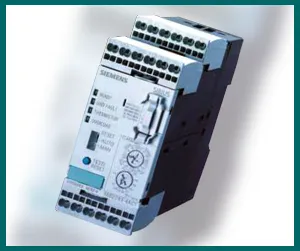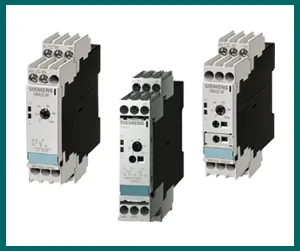A microprocessor-based overload relay is an electrical protective device that uses a microprocessor to continuously monitor the current flowing through an electrical motor and trip a set of contacts when the current exceeds a predetermined level. This interrupts the power supply to the motor, effectively shutting it down until the issue causing the excessive current draw has been resolved.

Microprocessor-based overload relays offer several advantages over traditional mechanical overload relays. They are more accurate, as they can continuously monitor the current and take into account factors such as the temperature of the motor and the load on the motor. They are also more flexible, as they can be programmed to respond to different levels of current depending on the specific application. In addition, microprocessor-based overload relays can be easily integrated into larger electrical systems and can provide additional features such as fault reporting and diagnostic capabilities.





